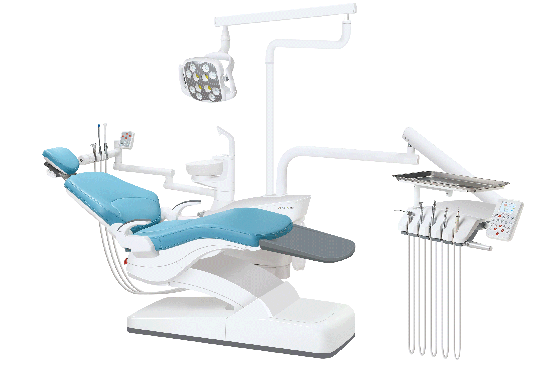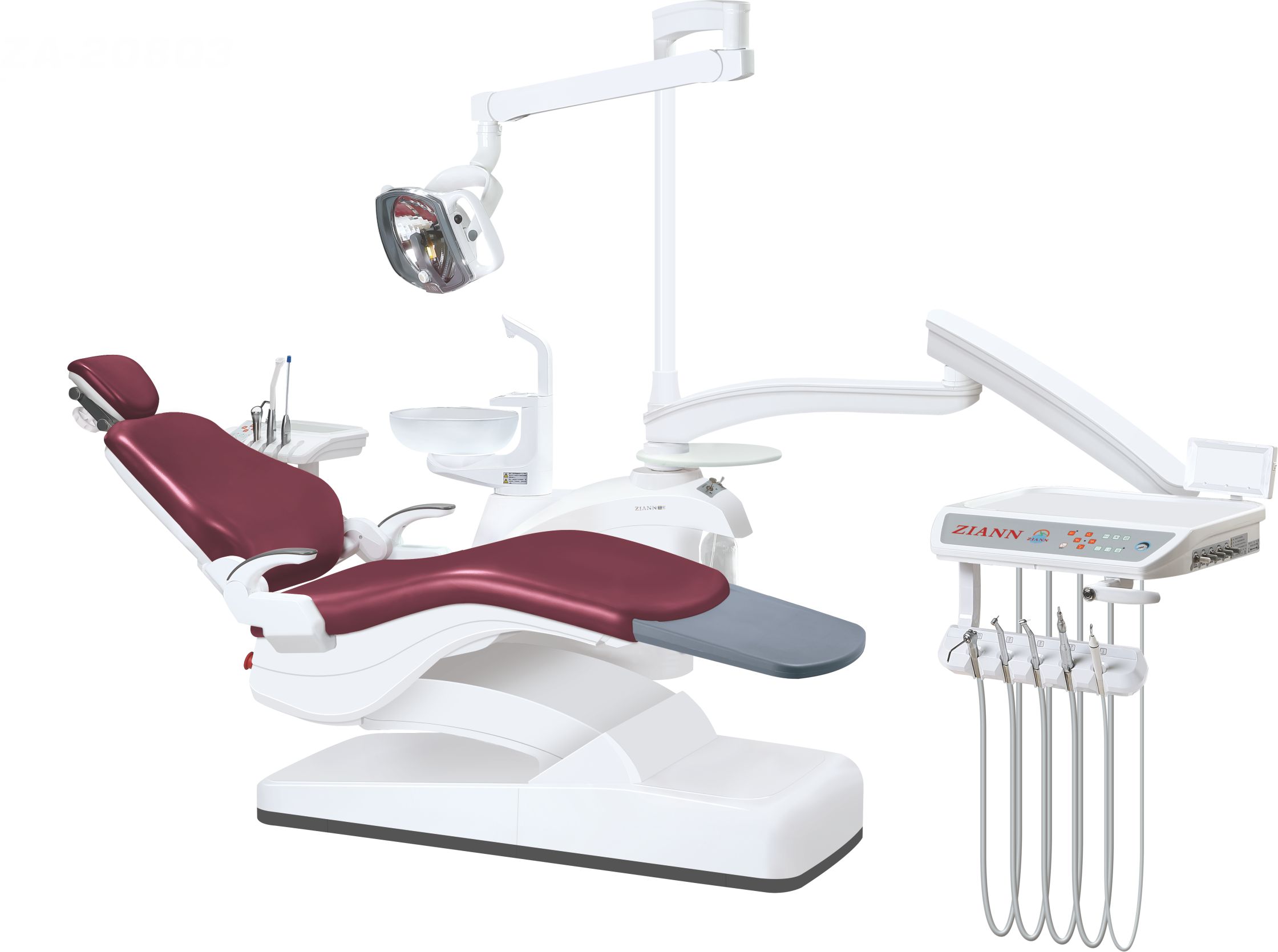In the rapidly evolving landscape of dental technology, digital disinfection units have become indispensable tools, ensuring the sterilization and safety of dental equipment. However, maintaining these units is crucial for optimal functionality, longevity, and, most importantly, patient safety.
What are Digital Disinfection Units?
Digital disinfection units employ cutting-edge technology to sanitize dental instruments effectively. Comprising various components such as sensors, UV light sources, and control panels, these units operate cohesively to ensure a sterile environment in dental practices.
Why Maintenance is Important?
Regular maintenance plays a pivotal role in the seamless operation of these units. Not only does it ensure their efficiency but also extends their lifespan, thereby safeguarding patients against potential risks.
Regular Maintenance Procedures
Proper maintenance of dental digital disinfection units is fundamental to ensure their efficiency and reliability. Regular upkeep involves various procedures aimed at sustaining the unit's performance and efficacy in sterilization processes. In the following content, the author will give you some advice on how to maintain the dental units.
Recommended Cleaning Agents
Selecting appropriate cleaning agents is pivotal to preventing damage to sensitive components while effectively eliminating contaminants. For surfaces, use non-abrasive, disinfectant wipes or solutions recommended by the manufacturer. These solutions typically contain alcohol or quaternary ammonium compounds, ensuring thorough disinfection without causing corrosion.

Proper Cleaning Techniques for Different Components
Different components of digital disinfection units require specific cleaning techniques:
●UV Light Source: Use a soft, lint-free cloth dampened with alcohol to gently wipe the UV light source. Avoid direct contact with the bulbs and ensure the unit is turned off before cleaning to prevent accidental exposure.
●Control Panels and Sensors: Utilize disinfectant wipes or a cloth lightly dampened with a manufacturer-approved solution to clean control panels and sensors. Exercise caution to prevent moisture from seeping into sensitive areas.
Calibration and Testing
Calibration ensures accurate performance of the disinfection unit. Properly calibrated units guarantee precise UV emission levels, essential for effective sterilization. Regular calibration is vital to maintain consistency and reliability in the unit’s functionality.
Testing UV Emission Levels
Periodically testing UV emission levels is imperative to verify the unit’s efficacy. Specialized equipment and sensors are used to measure UV intensity. Any discrepancies in emission levels should prompt immediate recalibration or maintenance to ensure the unit operates optimally.
Software Updates and System Checks
Regular software updates are crucial to address security vulnerabilities, enhance performance, and introduce new features. Manufacturers release updates to improve functionality and address any potential issues identified in previous versions. It’s advisable to schedule these updates regularly to keep the unit up-to-date.
Conducting System Checks
After that, it is time to check the conducting system. Performing routine system checks involves verifying the overall functionality of the unit. This includes inspecting connections, assessing control panel responsiveness, and ensuring all components operate as intended. System checks help identify any potential issues before they escalate, allowing for timely maintenance or repairs.

DENTAL Digital Desinfection Unit Supplier
Common Issues with Dental Digital Disinfection Units
Digital disinfection units, despite their advanced technology, can encounter issues that may disrupt their functionality.
Knowing how to troubleshoot common problems and swiftly find solutions is essential for uninterrupted sterilization processes. Here are some issues with dental digital disinfection units.
●Sensor Malfunctions
Sensor malfunctions are among the common issues that may arise in digital disinfection units. These sensors play a crucial role in detecting the presence of instruments and initiating the sterilization process. Malfunctions can result from physical damage, dirt accumulation, or electrical issues, leading to incorrect readings or failure to activate the unit.
●UV Light Failure
UV light failure is another prevalent issue that can hinder the disinfection process. This problem might stem from defective bulbs, power supply issues, or faulty connections. Without functioning UV light, the unit cannot effectively sterilize dental instruments.
Step-by-Step Troubleshooting Guide
In this section, the author would guide you to solve the problems step-by-step.
Step 1: Identifying the Problem
When encountering issues with dental digital disinfection units, a systematic approach to identifying the problem is crucial:
●Visual Inspection: Begin by visually examining the unit for any visible damage or loose connections.
●Diagnostic Tools: Utilize diagnostic tools provided by the manufacturer to identify specific issues or error codes displayed on the unit.
●Testing Components: Test individual components such as sensors and UV light sources to pinpoint the source of the problem.

Step 2: Potential Solutions
Once the problem has been identified, implementing appropriate solutions is essential to restore the unit's functionality:
●Sensor Malfunctions: Clean sensors thoroughly to remove any dirt or debris that might be obstructing their function. If the issue persists, contact the manufacturer for further diagnostics or sensor replacement.
●UV Light Failure: Check and replace faulty bulbs if they are the source of the problem. Ensure proper connections and power supply. If the issue persists, consult the manufacturer or a qualified technician for a detailed inspection.
Conclusion
Finally, the maintenance of dental digital disinfection units is not just a routine task; it’s a crucial responsibility that ensures the safety and well-being of both patients and dental practitioners. Adhering to these maintenance guidelines is imperative to uphold the highest standards of sterilization and patient care in dental practices.





